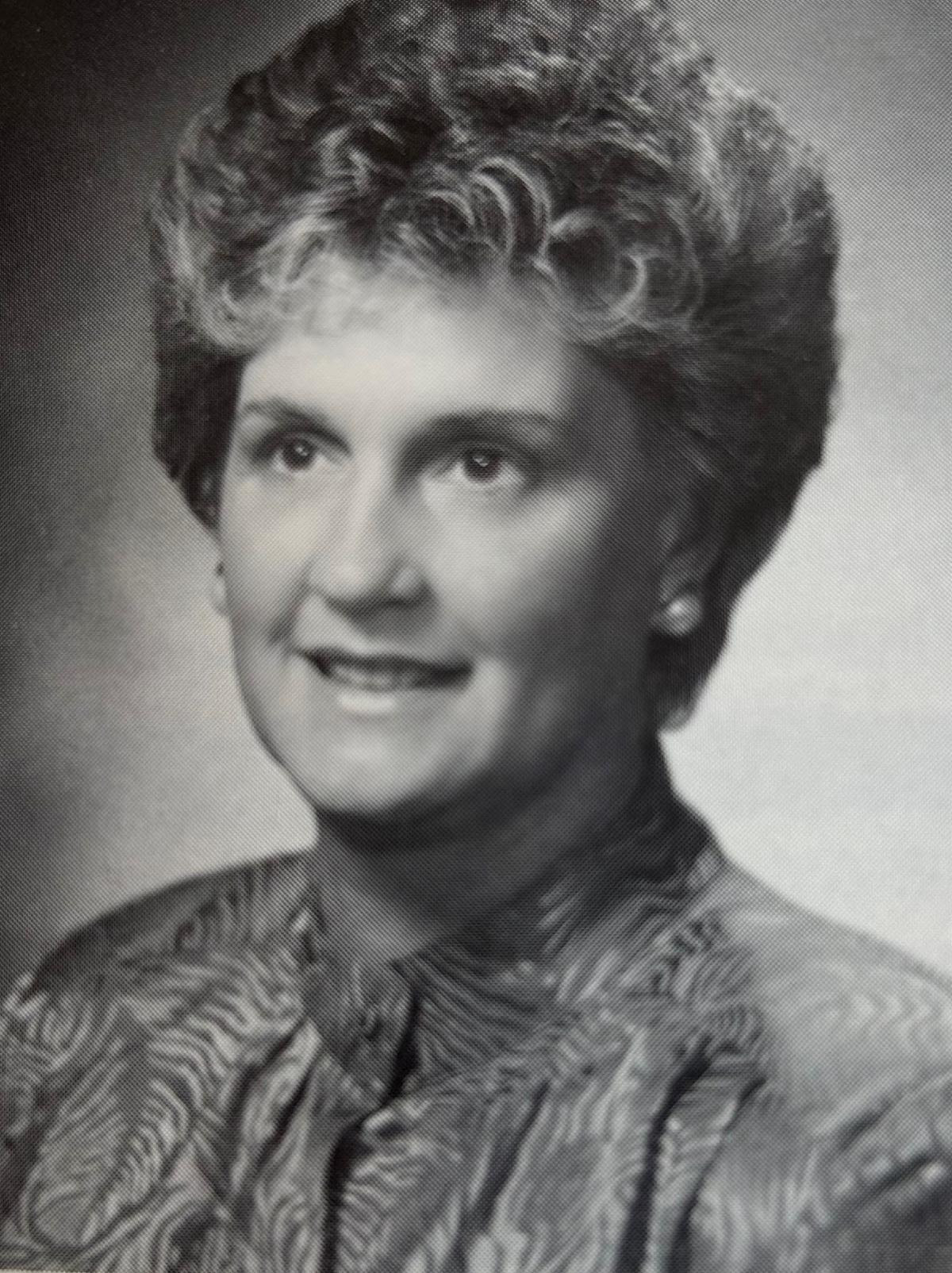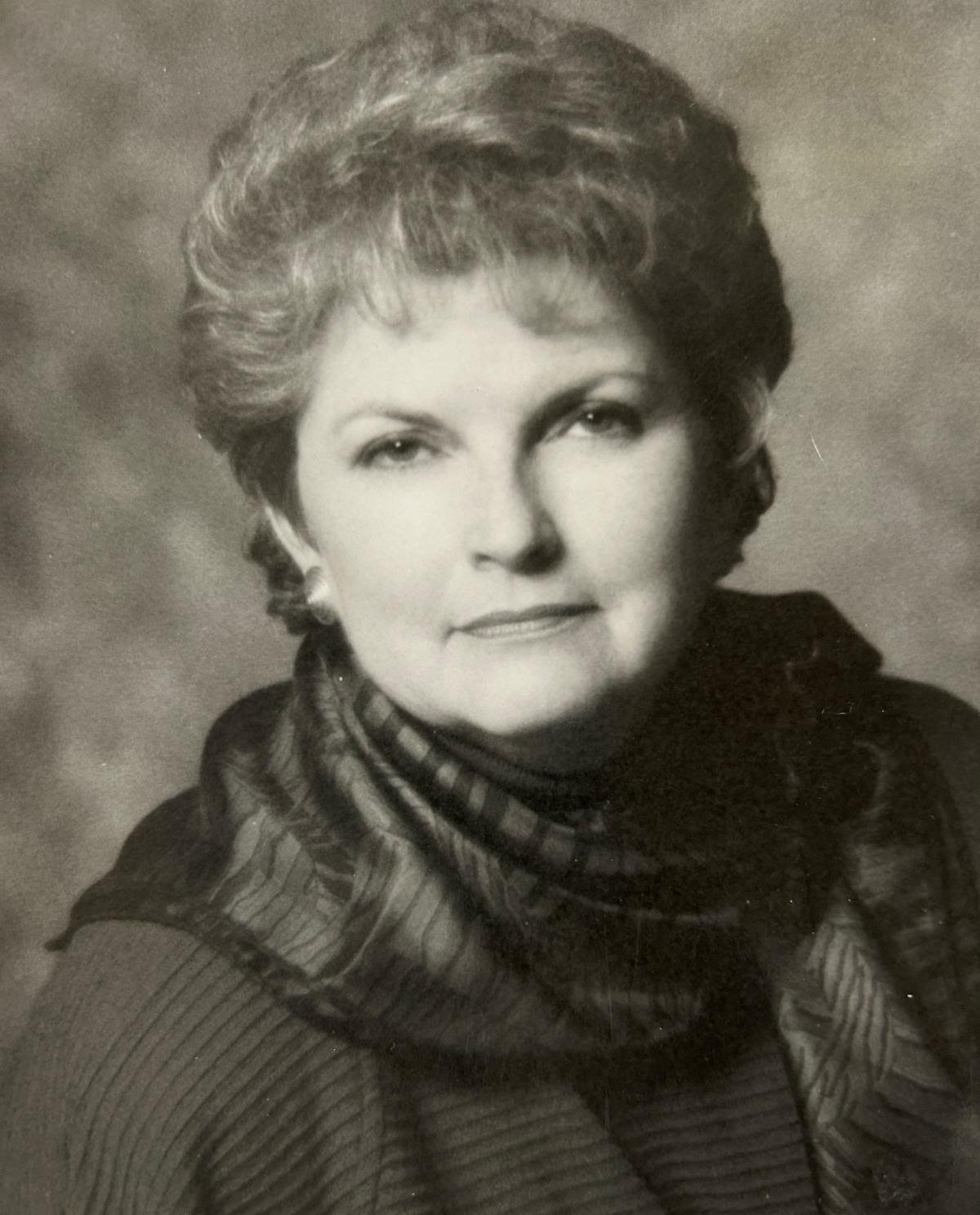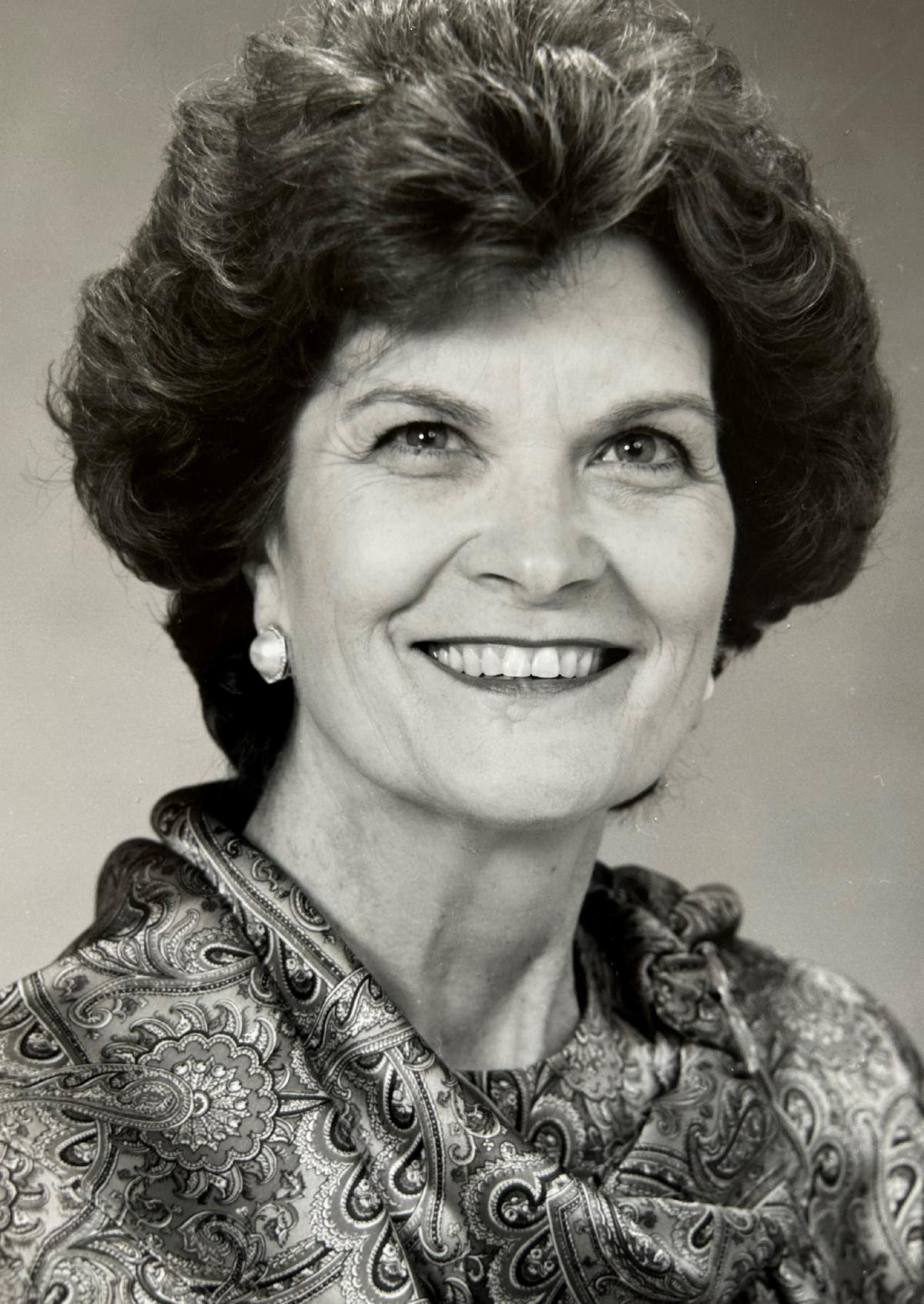North Carolina Medical Society Alliance Celebrates 100 Years
Embracing Change in the 1980s
The Auxiliary began the decade with an official name change, becoming the North Carolina Medical Society Auxiliary. Another major change took place in 1981 when the Auxiliary combined the McCain, Stevens, Cooper, and Yoder Sanatoria bed funds into the Educational Foundation Fund. This change reflected both the success in treating tuberculosis in the state, leaving the beds empty, and the Auxiliary’s desire to provide financial assistance to medical students in need at the four medical schools in the state—Bowman Gray, Duke, East Carolina, and UNC. Fmily health issues became a focus—domestic violence, media violence, drug abuse, tobacco use, child abuse—all were the subjects of various state Auxiliary programs. AIDS, which was recognized as a disease in 1981, was the focus of a campaign in 1987 where Auxiliary members were urged to help spread information about the disease and fight the fear and stigma that came with it. The Auxiliary ended the decade with a state-wide cholesterol education campaign, Know Your Number. State legislators were screened for cholesterol levels. Other highlights of the 1980s include— 1980: THE AMA News editor, Dan Breo, spoke at the Fall Workshop on What the Government is Doing to the Healthcare System and How the Auxiliary Can Respond. A joint communications workshop was held with the NC Medical Society. 1981: Members attended a Day at the Legislature during the Midwinter Conference. Mona Sauls was employed as Executive Administrator. 1982: Auxiliary representatives were appointed to nine NC Medical Society committees—Communications, Legislation, Ethics and Religion, Mental Health, Maternal Health, Auxiliary Advisory, Physician’s Health and Effectiveness, Arrangements and Aging. Helpline was established as an information line for physicians’ spouses coping with family substance abuse issues. Tarheel Tandem won the first AMAA recognition award for the best Auxiliary publication in the nation. 1983: The Auxiliary’s 60th Anniversary celebration at the annual meeting in Southern Pines included Historical Highlights for 1923-1983, compiled by the historian. A statewide public affairs project added Auxiliary support to stronger drunken driving laws and sentencing. With the help of Harriette Taylor, the Seal was revised to represent all physicians’ spouses and to emphasize the motto, Service to Others. 1984: State dues increased to $20, and the State Student Loan Fund limit was increased to $2000. Tarheel Tandem sold its first advertisements. The first orientation meeting for the state board and county leaders was held. Clayton Calloway, MD, registered parliamentarian, became a part of the board. 1985: The Auxiliary received monies from industry to fund state projects for the first time. The NCMSA Health Education Foundation was established. The first state board manual was distributed and Tarheel Tandem evolved into a magazine format. The Auxiliary membership chairman became a member of the NCMS Membership Committee. 1986: The pamphlet, Parties and Teens, A Practical Guide for Parents was produced. In conjunction with the NCMS, the Auxiliary produced a booklet, Understanding Medical Liability Claims: A Guide for Physicians and Spouses. Three Auxilians served on the NCMS Medical Liability Steering Committee. For the first time in 20 years, the annual meeting was held in Asheville rather than Pinehurst. 1987: An executive editor was employed for Tarheel Tandem. North Carolina’s First Lady attended the Midwinter Conference. Wallet-sized cards, Med-Cards, for patient medication lists were introduced to help prevent drug misuse. 1988: Workshops on AIDS, by Daniel Moreschi, director and founder of the Institute of Immunological Disorders, and The Dangers of Smokeless Tobacco, by East Carolina University professor Dr. Elbert Glover were startling eye-openers. The president attended regional and national meetings of the White House Conference for a Drug Free America. 1989: The Auxiliary focused on water safety as well as cholesterol education. A major Bylaws revision proposing a restructuring of the board and a redistricting of the county Auxiliaries, following similar changes made by the NCMS and the AMAA reorganizational strategic plan, was approved by the House of Delegates.
|




 Tarheel Tandem | Spring of 1988
Tarheel Tandem | Spring of 1988